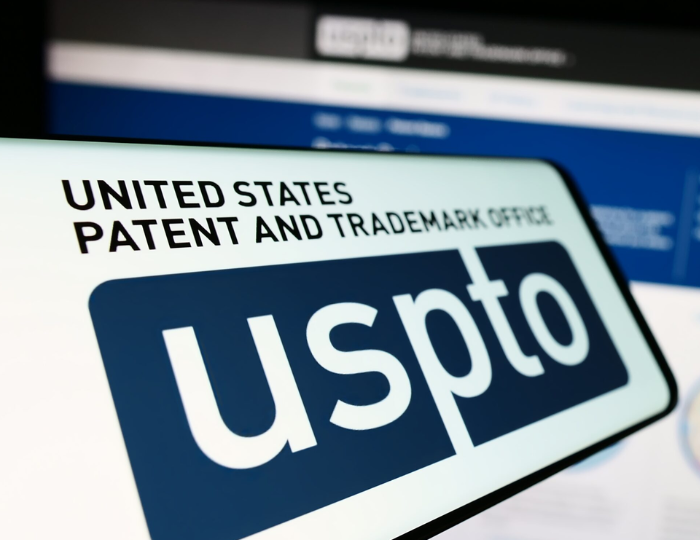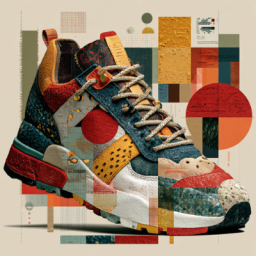
The U.S. Patent and Trademark Office (USPTO), a self-funded agency critical to protecting intellectual property rights, is showing signs of systemic deterioration. Once heralded as a global model for efficiency and transparency in intellectual property management, the USPTO now faces growing delays, overwhelmed examiners, and operational inconsistencies. These issues are not the result of a single cause. Instead, they reflect years of underinvestment in modernization, inconsistent federal oversight, and abrupt policy shifts that ignore the agency’s unique funding model and mission.
Recent mandates from the Department of Government Efficiency (DOGE) have accelerated internal disruption. These mandates prompted rescinded offers and hiring freezes. However, they are only part of a broader institutional decline. The deeper concern lies in the lack of adaptive governance and infrastructure to match the rising volume and complexity of trademark applications in today’s globalized digital economy.
Beyond operational slowdowns, the broader concern is reputational. The U.S. trademark system has long been a gold standard internationally. As delays mount and examiner quality control becomes strained, foreign applicants may look to other jurisdictions for trademark protection. Domestic innovators may lose confidence in the system’s reliability. This erosion of trust could trigger ripple effects across trade, investment, and global brand enforcement.
How Businesses Can Safeguard Their IP Now
- File Early and Strategically: Expect delays and file your trademarks well ahead of planned launches. Consider filing an “intent-to-use” application to secure priority.
- Expand International Protection: Use the Madrid Protocol to register trademarks in multiple countries or file directly in key jurisdictions.
- Leverage State-Level Registrations: While not a replacement, state trademarks can offer some protection while awaiting federal approval.
- Maintain Vigilant Enforcement: Monitor for infringement using trademark watch services and send cease and desist letters promptly.
- Develop Contingency IP Plans: Identify core marks and prioritize them. Have backup branding strategies if delays impact go-to-market plans.
Navigating the New Normal: Legal Strategies in Uncertain Times Now more than ever, intellectual property strategy must account for systemic delays. Businesses should work closely with experienced trademark counsel to:
- Build robust filing timelines
- Conduct proactive clearance searches
- Maintain international portfolios
- Respond promptly to USPTO office actions
In addition, companies should reassess internal workflows to reduce dependence on pending registrations. Legal teams can integrate IP audits into quarterly operations, collaborate more closely with marketing and product teams to anticipate branding needs, and allocate budget resources toward litigation reserves or enforcement contingencies. The key is to anticipate uncertainty and embed flexibility into the brand’s legal strategy.
Toward a Sustainable Future: Rebuilding Trust in the Trademark System Efficiency doesn’t need to come at the cost of productivity. Rather than relying on across-the-board workforce reductions or rigid metrics, institutional reform at the USPTO must focus on modernizing its digital infrastructure, empowering examiners with training and tools, and aligning oversight with the agency’s unique revenue model. Policymakers—including those at DOGE—must recognize that the success of the U.S. trademark system is vital to national and global commerce.
Frequently Asked Questions (FAQ)
Question 1: Why is DOGE impacting the USPTO if it doesn’t rely on taxpayer funding?
Answer: DOGE’s workforce reduction mandate applies broadly to federal agencies, including self-funded ones. Despite the USPTO being financially self-sustaining through filing fees, it is not exempt—raising serious concerns about efficiency policy being applied without regard to funding structure or economic impact.
Question 2: How long could trademark application delays last due to staffing issues?
Answer: While specific timelines vary, many expect new application review timelines to extend from 8–10 months to 12–16 months or longer, especially for contested or complex marks. Office action responses may also experience significant delays.
Question 3: What industries are most affected by USPTO slowdowns?
Answer: Consumer product companies, startups preparing to launch, franchises, and e-commerce businesses are particularly vulnerable. Any brand reliant on first-to-market timing or digital enforcement faces increased risk.
Question 4: Can international registrations help protect my brand while waiting on a U.S. trademark?
Answer: Yes. Through the Madrid Protocol or direct filings in strategic countries, businesses can secure international rights, signal brand legitimacy to partners, and deter copycats abroad—all while waiting for USPTO action.
Question 5: What can legal teams do to prepare for continued USPTO instability?
Answer: Prioritize marks that are mission-critical, maintain robust trademark monitoring systems, seek early legal review before filing, and prepare alternative naming strategies. Flexibility, early planning, and strong enforcement protocols are essential.
Final Takeaway: The Future of Brand Protection Is at Stake The current disruption at the USPTO should be a wake-up call for brands, law firms, and policymakers alike. At Juris Law Group, we monitor regulatory shifts affecting trademark rights and help our clients stay ahead of the curve. If your business depends on trademarks—and virtually all do—now is the time to re-evaluate your IP strategy and plan for resilience.
Want help navigating these changes? Contact Juris Law Group today to discuss how we can future-proof your brand’s legal protections.






